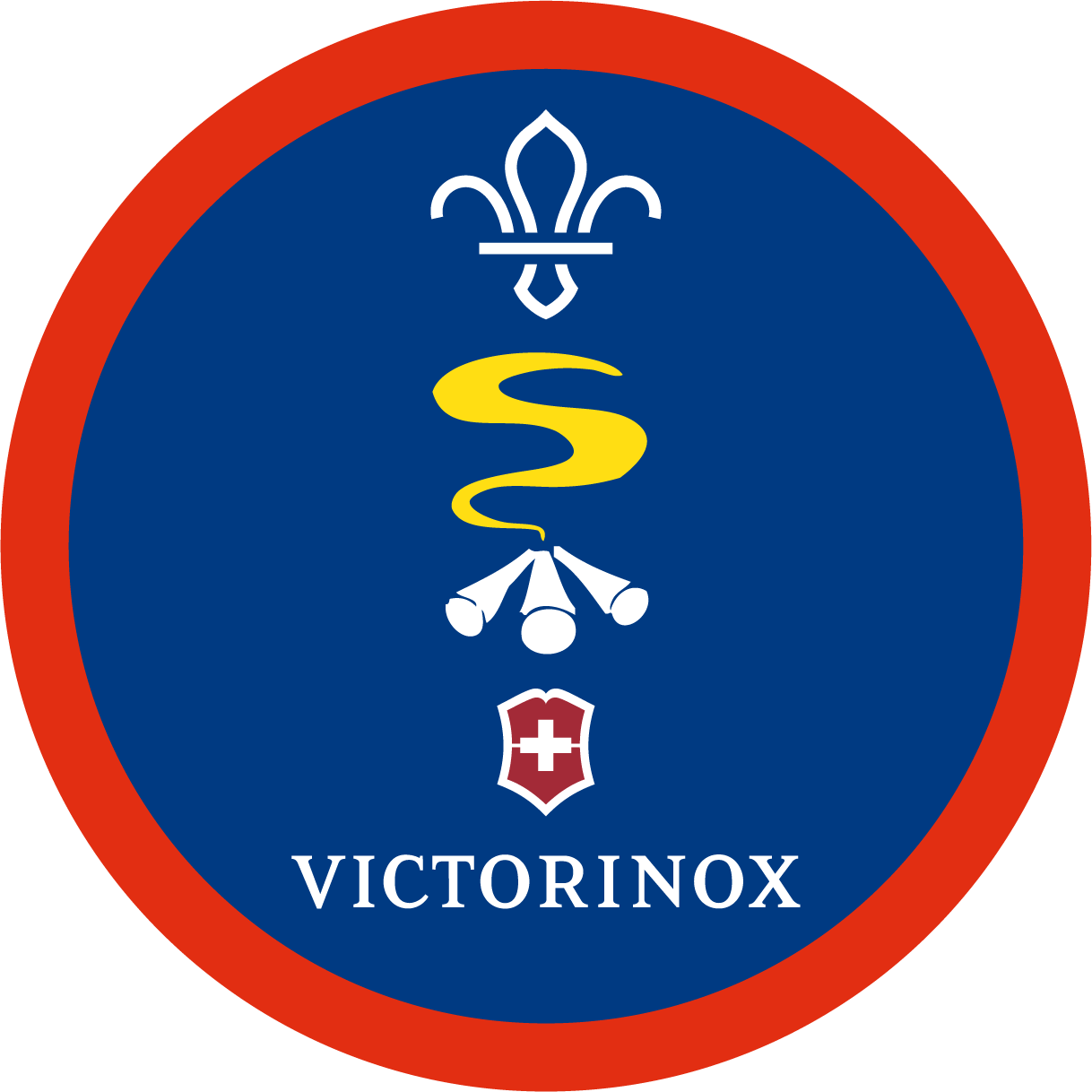
Make a wooden spinning top
You’ll need
- Swiss Army Knife™ (or a sharp blade / small folding saw.
- Wooden stick, approximately 2-3cm in diameter and 20-30cm in length.
- Small twig
- Small footstool
- G-clamp (optional)
- Small 30cm ruler
Before you begin
- Use the safety checklist to help you plan and risk assess your activity. Take a look at our guidance to help you carry out your risk assessment, including examples.
- Make sure all young people and adults involved in the activity know how to take part safely.
- Make sure you’ll have enough adult helpers. You may need some parents and carers to help if you’re short of helpers.
To watch in full screen, double click the video
Planning and setting up this activity
- Knives are an important tool for a survival situation and can be versatile if you know how to use them safely and properly. Take the time to read and understand the Scout knife safety guidance. You can use our example risk assessment as a starting point for your own.
- A small folding knife that has a blade fewer than three inches long is suitable for a lot of different survival uses. You may need to use a knife with a larger (or fixed) blade for some activities. You should follow the law, only use them when needed, never carry them in a public place, and always store them securely and out of view. You must be aware of UK knife law before buying, using, or carrying a knife.
- Young people must be closely supervised by adults when knives are used.
Keeping safe while using knives
It’s important to keep the people around you safe when you’re using a knife. You’ll need to create a ‘safe zone’ around the person using the knife. A safe zone is free from people and obstacles.
![]() The person leading the activity should remind everyone of the basics of using a knife safely:
The person leading the activity should remind everyone of the basics of using a knife safely:
- Learn how to safely remove a knife from a sheath without cutting yourself.
- You should hold a knife firmly but not too tightly.
- Your hand shouldn’t be too far back or too far forward.
- You should grip the knife, so that you can see some of the handle where it meets the blade.
- If you’re making small cuts or carvings, you can place your thumb on the back of the blade to give you more control.
- It’s best to cut down towards the ground, with a wooden block or base to make it more stable.
- Make sure you’re always cutting away from your body and keeping clear of your hands.
Making the craft
- Gather everyone in a circle and ask them if they know what a spinning top is. You could see if anyone has used one before. Tell everyone that they’ll be making a spinning top out of a wooden stick and have a knife safety briefing
- Everyone should head outside and collect or bring in a long wooden stick, as well as some small twigs. The longer stick should be about 2-3cm in diameter (thickness) and 20-30cm in length. People could also collect these during the week and bring them to the meeting.
- Have a knife safety briefing, using the information on this page and our knife safety guidance.
- In turns, each person should place their stick on a raised area, such as a small stool or wall. Make sure a small part of the stick is hanging over the edge of the footstool.
- Place one foot on to the foot stool and use it to hold the stick firmly in place.
- Using a penknife or a small saw, cut out small circle or disc from the long wooden stick.
- Use the sharp blade of the penknife to carve a hole through the centre of the circle/disc.
- Using the penknife, cut a small twig about 4-5cm in length. Make sure you cut off any bits that are sticking out, such as small leaves or branches.
- Using the penknife, sharpen one end of the twig and then thread it through the hole in the wooden disc.
- The spinning top’s now finished. You could have competition to see whose can spin for the longest amount of time.
Reflection
This activity was all about using knives to create something useful out of sticks. We worked on everyone’s knife skills, and we learned how to be safe when using sharp objects, such as knives and saws. How did you find making the spinning top? What did you enjoy? What did you find difficult? How did you solve any problems you had?
Using a knife safely can be a great skill to have. What are the dangers of using them and what did you do to stay safe? Can you think of other things we can make from wooden sticks using a knife? Is there anything else you could use a penknife for?
Safety
All activities must be safely managed. You must complete a thorough risk assessment and take appropriate steps to reduce risk. Use the safety checklist to help you plan and risk assess your activity. Always get approval for the activity, and have suitable supervision and an InTouch process.
- Sharp objects
Teach young people how to use sharp objects safely. Supervise them appropriately throughout. Store all sharp objects securely, out of the reach of young people.
- To make this craft easier, you could pre-cut the discs.
- To make this craft harder, you could use thicker sticks to make larger spinning tops.
You could use a G-clamp to hold the stick in place for those that are unable to use their feet to hold the stick. Alternately, an adult could hold the stick in place on a table, while the young person cuts the disc.
All Scout activities should be inclusive and accessible.
If you enjoyed this activity, try our other activities with Victorinox.
Young people could paint their spinning tops or make a board game to use them with.

